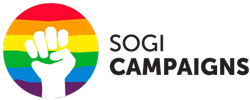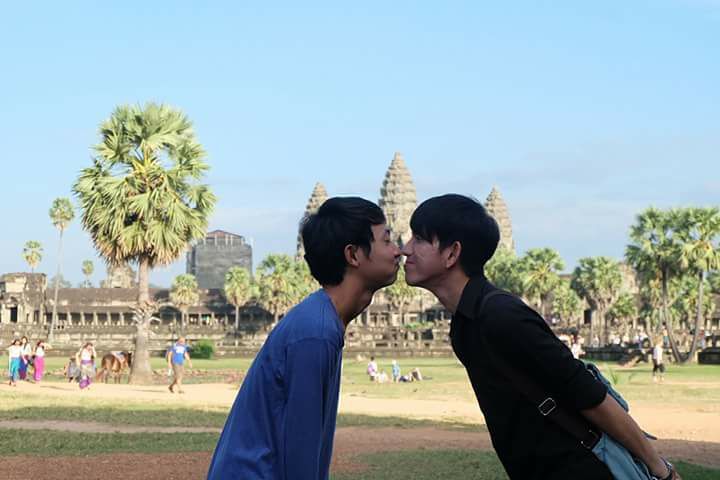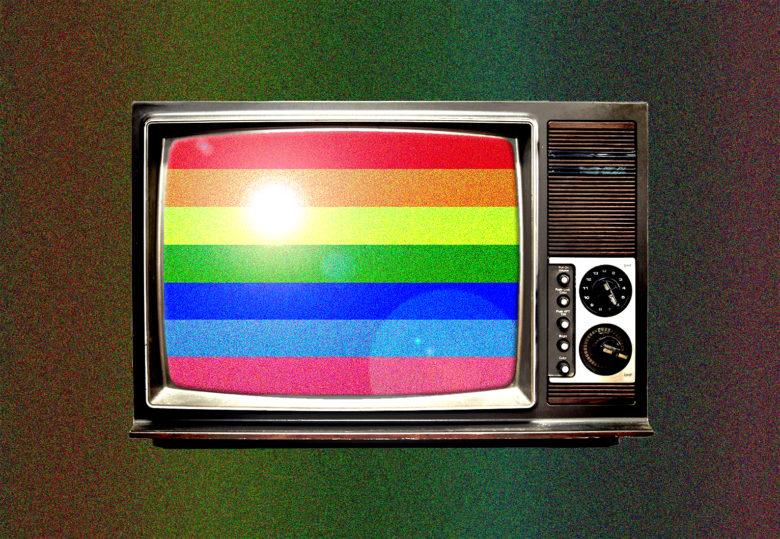Over 8 million viewers last year watched while Scandal’s Olivia Pope, played by actor Kerri Washington, lay on a clinic table as she had an abortion. There was no dialogue about Pope’s pregnancy or the procedure, before or after. Simultaneously, Republican Sen. (and former first lady) Mellie Grant, played by Bellamy Young, filibusters to protect funding for Planned Parenthood.
The episode was reflective of a partnership between the entertainment industry and the nonprofit health care provider Planned Parenthood to combat bad data on reproductive health.
Misleading information about women’s health has long informed harmful policy decisions throughout American history. From the colonial belief that women are too delicate to govern to misinformation about abortion and the restrictions placed on reproductive health, these notions have been challenged by advocates for women’s rights and reproductive rights.
Since 2016, Planned Parenthood has collaborated with television and film creators to normalize sexual and reproductive health through storytelling. Involved are directors, writers, producers, publicists, and others, who participate in film festivals such as Sundance, SXSW, Tribeca, and Toronto International Film Festival. These collaborations include providing set materials, sexual and reproductive health care information, as well as staff members to consult on scripts (to ensure information is accurate and offer suggests on where information can be comfortably placed), in addition to allowing tours of their facilities to help creators provide a more realistic depiction of women’s health care.
Through panels, brunches, and event partnerships, Planned Parenthood distributes statistics on reproductive health, including but not limited to birth control, abortion, teen pregnancy, and how abstinence-only programs fail teens. They also provide sex education materials that include the proper terminology for procedures and body parts.
Their project was inspired by the LGBT (the “Q” was added in 1996) community. In the late 1980s, the Human Rights Campaign and other organizations came together to directly respond to misinformation and attacks on LGBT people. Recognizing the influence of media—particularly film and television—they slowly began a campaign to normalize queer culture.
Alencia Johnson, director of public engagement at Planned Parenthood, said that television and film’s impact on the public, and subsequently public policy, propelled them.
“The arts are a way to shift policy, mainly because we’re shifting culture. Over 50 percent of people actually believe that the health care information they see on TV and film is accurate,” Johnson said. “Therefore, we need to make sure that abortion storylines—storylines about sexuality, love, relationships, birth control, whatever it may be—related to gender and reproductive rights are accurate.”
Johnson and the Planned Parenthood team are not working without some good intel. Americans watch a lot of television. The Bureau of Labor Statistics’ American Time Use Survey found that more than 80 percent of the population watch TV as their leisure activity. And, they use about half of their total daily free time to watch TV shows and movies. This creates a captive audience of sorts that is receptive, but only if the content is subtle and in some way connected to some part of the viewer’s own lived experience.
For example, in the aforementioned Scandal episode, very little if any dialogue included the word abortion. But women in that situation could relate. They could also relate to the information about women and reproductive rights spoken by Young’s character.
According to Caron Spruch, director of arts and entertainment engagement at Planned Parenthood, the key is to make the information as normal and easily digestible as possible for older and younger viewers.
“I believe art is supposed to instigate change and move the conversation forward.”
“Film, TV, and video do so much to normalize sexual and reproductive health and erase the shame that often surrounds it. It’s one of our most important tools for educating people, especially young people,” she said.
Spruch and Johnson are confident in the approach because they’ve seen the gains around LGBTQ rights.
The HIV/AIDS epidemic in the 1980s spawned even more fear of gay people—men, especially. The Human Rights Council worked hard to help people who were discriminated against for their sexual orientation. But something more had to be done.
Slowly gay characters began to appear on television. Same-sex storylines cropped up like the one on Roseanne, which not only introduced a lesbian character but featured main character Roseanne Conner (Roseane Barr) kissing her. These small steps in individual stories and roles continued into the ’90s until the pivotal coming-out episode on Ellen, a sitcom starring comedian Ellen DeGeneres.
“[Ellen] brought into people’s homes someone [who families] can identify with, someone that they love, having an experience that they weren’t identified with,” Johnson said.
It would be years, decades, until same-sex marriage was legalized. However, that is part of the plan.
“You look at this model, and how the LBGTQ movement did this work with the entertainment industry and major corporations. That’s the work that Planned Parenthood is embarking on,” Johnson said.
“We’ve been around over a hundred years. People see us as the voice for reproductive health care, women’s health care, women’s rights more broadly. And we do see that there will be a shift in culture if we normalize people’s experiences.”
“As a filmmaker, I know how important it is to center storylines about LGBTQ characters and sexual and reproductive health in my work.”
And not only normalize them, but also “humanize them,” she said.
Johnson said she is thankful for shows like Claws and Dear White People that have taken on these issues boldly and normally beyond abortion to include birth control, breast cancer, and consent. And shows Broad City,Shameless, and Orphan Black, and Netflix’s Big Mouth, which often discusses sexual topics targeted at younger audiences. Following a visit to a facility, creators Mark Levin and Jennifer Flackett included a Planned Parenthood-themed episode for the show’s second season.
Other creators have also been eager to get on board.
“I believe art is supposed to instigate change and move the conversation forward,” said Chinonye Chukwu, writer-director of the film Clemency, featuring Alfre Woodard and Danielle Brooks, which premiered at Sundance. Chukwu went on to suggest that there’s a need to center Black women in these stories around reproductive justice issues. “I’m interested in creating unique, engaging stories with Black women at the center [who] are navigating stories and arcs that are about more than just their race and gender.”
Filmmaker Dawn Porter echos Chukwu’s position.
“I’ve always been concerned with Black women and reproductive rights,” Porter said. “I’m also interested in voting rights and immigration—these issues are all intertwined. It was important to me to humanize the experience of Black women as well as low-income women seeking reproductive health care while filming Trapped. As a filmmaker, you’re the vehicle from which that truth emerges.”
Filmmaker Desiree Akhaven said she’s proud to stand with Planned Parenthood and appreciates the work they do “to ensure that people have the information and health care they need to stay healthy.”
“As a filmmaker, I know how important it is to center storylines about LGBTQ characters and sexual and reproductive health in my work,” Akhaven said. “These stories need to be told to help shift the conversation in this country and remove the stigma around these issues.” Akhaven said she encourages more filmmakers to join them.
But Johnson wants their joining to be more than symbolic.
“[I’m] not just asking someone to stand up for Planned Parenthood by wearing a pin, or making a statement on the red carpet, which is just as important. But really getting into the fabric of the culture. And that’s through [the storytelling content of] film and TV.”










